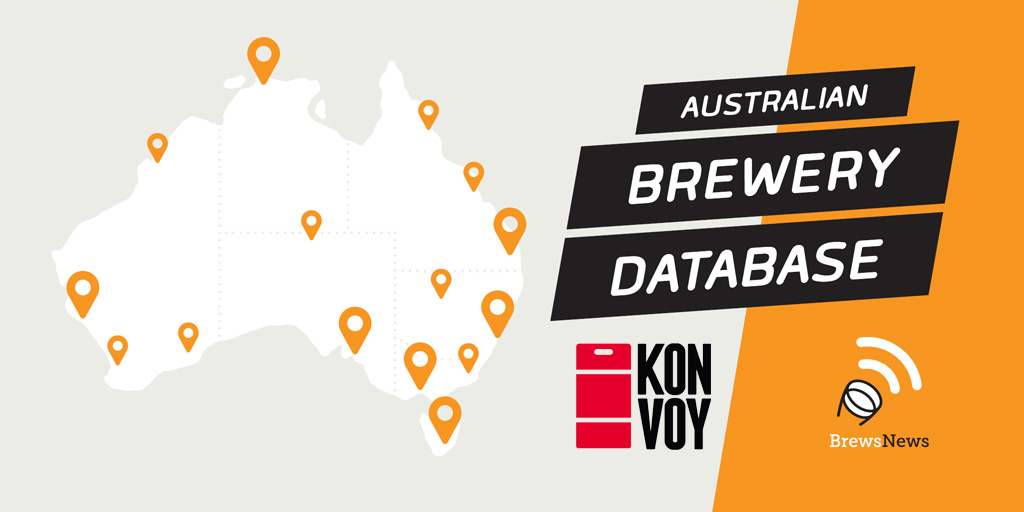
Database of physical breweries launched

After an extensive research project, Brews News has released a comprehensive new database containing a listing of all physical breweries operating in Australia.
According to the findings, a total of 543 physical breweries currently operate in Australia, from the largest breweries such as Carlton & United’s Yatala Brewery in Queensland to the smallest brewpubs.
Brews News Editor Matt Kirkegaard said the database was developed as a result of the widely variant brewery numbers quoted by governments and organisations to capture the size of the Australian industry.
“Just about every industry journal and source quotes a slightly different figure, and whenever we sought to interrogate the data it didn’t appear very robust or reliable,” he said.
“A number of online directories purport to provide a meaningful number of breweries but when we dug a little deeper, a significant number of these businesses seemed, at best, ethereal.
“Many were effectively zombies, existing as a social media presence – and maybe a website – but in many cases these had not been updated for an extended period of time.
“Importantly, beer from the entity did not appear to be available, and it was not clear whether the business still operated.”
As Brews News dug into the lists, almost 250 of the 750 ‘breweries’ did not have physical premises or own stainless steel. Almost two-thirds of that number did not appear to be still operating in any meaningful way.
While the database did initially set out to include nomad and contract brands – as both business structures are legitimate and valuable beer businesses adding vibrancy, innovation and interest to the beer landscape – separating out differences was almost impossible.
“When you step away from physical production venues, the differences between brands can be harder to distinguish,” Kirkegaard explained.
“Private-label brands are produced under contract for retailers, white label beers produced for publicans and ‘vanity brews’ with little business intent or commercial investment in the brewing industry all inhabit the marketplace, alongside nomads that one day plan to open a brewery,” he said.
“But telling the difference between them can be very subjective.”
He also noted that there are many major beer brands produced by multinational brewers coming out of just one or two large production breweries.
“We came to ask ‘How can a brand such as the Great Northern Brewing Company be distinguished from Coles’ Tinnies Brand and in turn be distinguished from a brand owned by “three mates who conceived an idea for a beer” and found someone to brew it for them?” he said.
“We could not come up with a satisfactory answer that wasn’t arbitrary or saw every beer brand on the shelf included as a brewery, and that seemed a much less relevant number for industry capacity.”
The project also found it hard to make meaningful distinctions between businesses that describe themselves as nomad and contract brands and other beer marketing companies, it was also impossible to determine when these businesses cease to operate.
“Almost 200 ‘breweries’ in many of the quoted lists seemed to just stop brewing one day, without any announcement, and many had just brewed once or twice,” he said.
“Counting physical breweries provides a meaningful and robust datapoint that still indicates the health of the brewing industry as well as its size and capacity and level of investment.
“Most importantly, openings and closings of physical breweries is a much more meaningful dataset than brand concepts.
“Not all may agree and we are open to the discussion about how this database can be broadened.”
The database has been heavily researched, but omissions may have inadvertently occurred, or closed breweries included. To provide feedback on the database, update and amend listings, or as a brewery owner to get a fuller listing, contact database@brewsnews.com.au.
The Brewery Database is presented by Konvoy.



